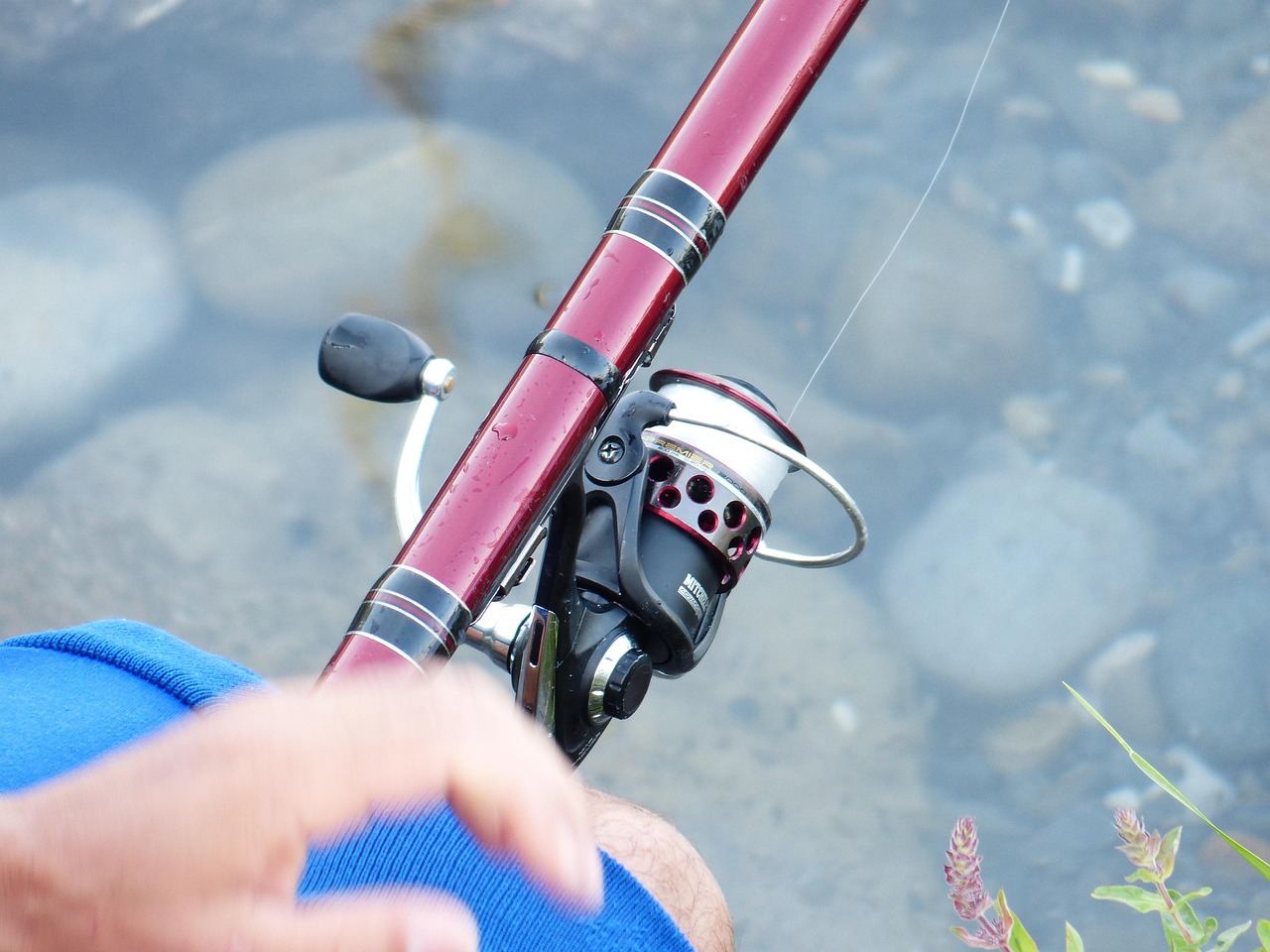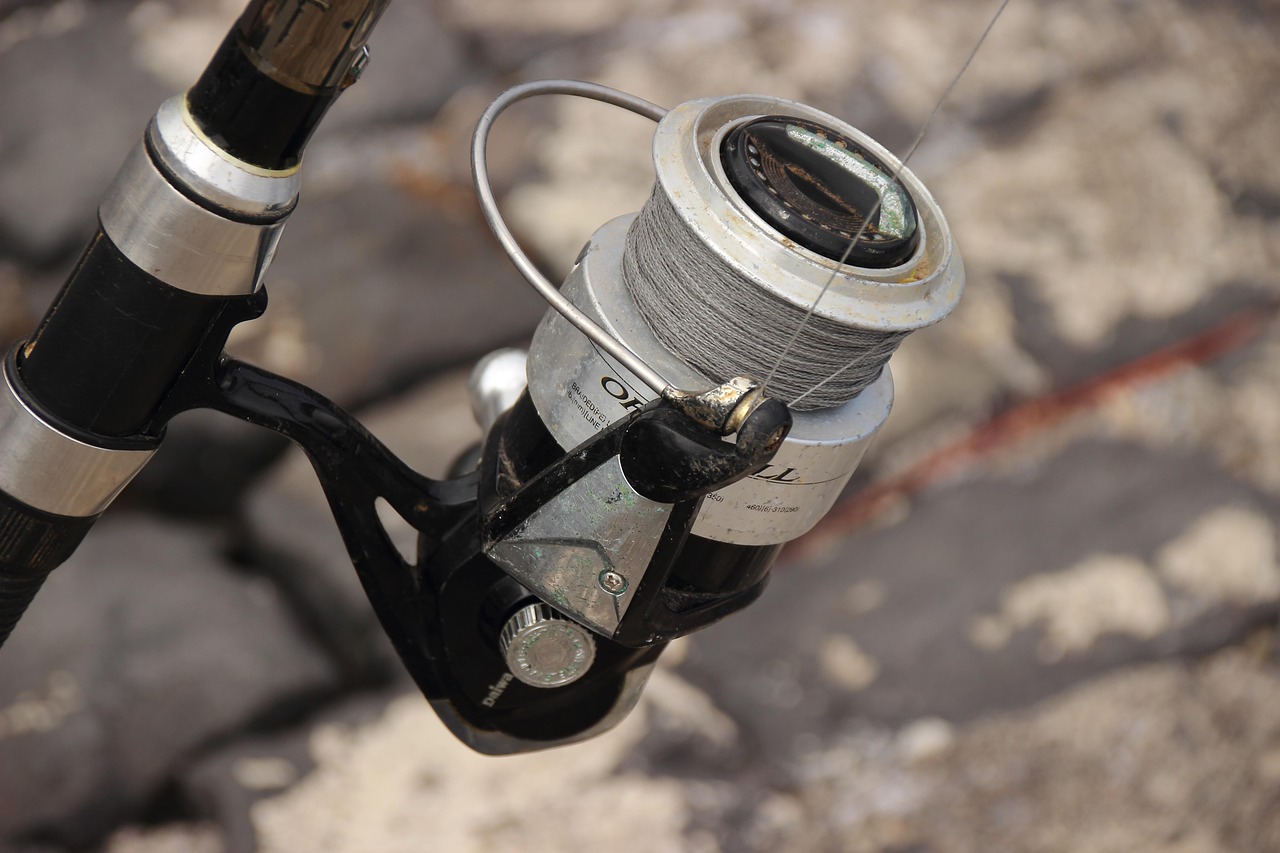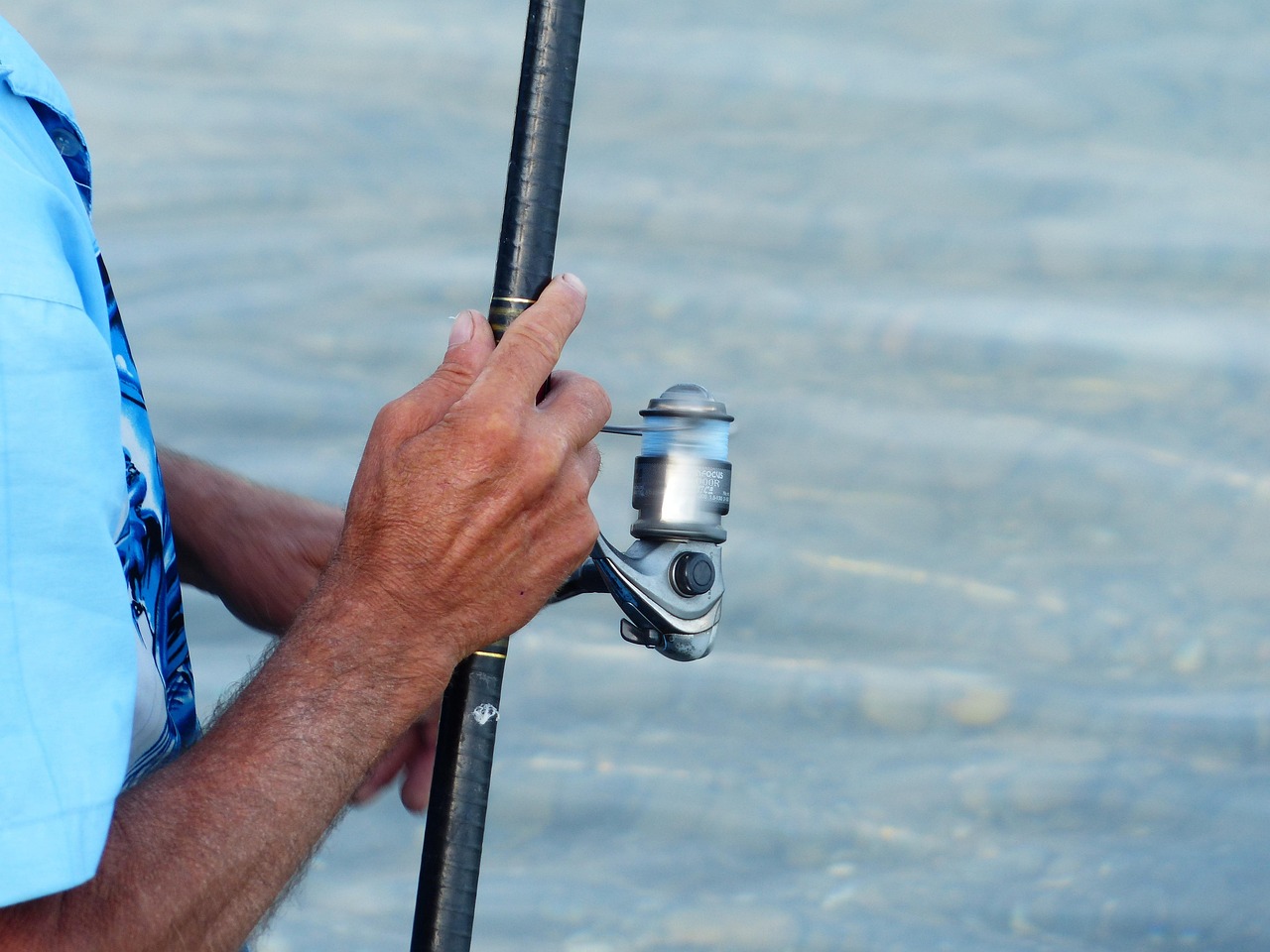Physical Address
304 North Cardinal St.
Dorchester Center, MA 02124
Physical Address
304 North Cardinal St.
Dorchester Center, MA 02124

Fish license-free in NY on 6 days in 2025! Get exact dates, 35+ verified locations, gear loans, mobile regulations & real-time stocking updates. Official DEC guidelines included.
New York Fishing its diverse waterways, from the pristine Adirondack lakes to the urban fishing spots of New York City. While a fishing license is typically required for anglers aged 16 and older, Free Fishing Days provide special opportunities for everyone to experience the joy of fishing without purchasing a license.
In 2025, New York has designated six free fishing days spread across four different periods throughout the year. These special days allow both residents and non-residents to fish New York’s public waters without a freshwater fishing license, creating accessible opportunities for beginners to try the sport and for experienced anglers to introduce friends and family to fishing.
Free Fishing Days are specific dates designated by the New York State Department of Environmental Conservation (DEC) when the requirement for a freshwater fishing license is waived. These days allow anyone to fish in New York’s public freshwater bodies without purchasing a license, although all other fishing regulations remain in effect.
The program serves multiple purposes:
As Governor Kathy Hochul noted, “Free Fishing Days are a great, affordable way for residents and visitors to explore new places and provide an opportunity for anyone looking to get outdoors and enjoy nature.”
DEC Commissioner Basil Seggos added that Free Fishing Days offer “a perfect opportunity to try fishing for the first time, introduce someone new to the sport, or reconnect with one of the most popular outdoor activities.”
Free Fishing Days were established in New York as part of efforts to increase public awareness of the state’s outstanding fishing opportunities and to encourage more people to participate in recreational fishing. The program is authorized under New York State Environmental Conservation Law and has been expanded over the years from the original weekend in June to include additional days throughout the year.
The concept has proven so successful that many other states now offer similar programs, recognizing the value of providing license-free fishing opportunities to engage new participants in the sport.
For 2025, New York State has designated six Free Fishing Days, strategically scheduled throughout the year to offer diverse seasonal fishing experiences.
| Date | Day | Associated Event | Best For |
|---|---|---|---|
| February 15, 2025 | Saturday | Presidents’ Day Weekend | Ice fishing, winter trout |
| February 16, 2025 | Sunday | Presidents’ Day Weekend | Ice fishing, winter trout |
| June 28, 2025 | Saturday | Summer Weekend | Bass, panfish, summer fishing |
| June 29, 2025 | Sunday | Summer Weekend | Bass, panfish, summer fishing |
| September 27, 2025 | Saturday | National Hunting and Fishing Day | Fall fishing, salmon runs |
| November 11, 2025 | Tuesday | Veterans Day | Late fall fishing, steelhead |
Each free fishing period offers unique seasonal opportunities:
The first Free Fishing Days of 2025 coincide with Presidents’ Day weekend in mid-February. This winter opportunity allows anglers to experience ice fishing on many of New York’s frozen lakes and ponds, a tradition that brings communities together during the coldest months.
February is an excellent time for:
Winter fishing requires specific safety precautions. The DEC recommends a minimum of 4 inches of clear ice for foot traffic and reminds anglers to check ice conditions before venturing out. Local bait shops and fishing forums often provide up-to-date information on ice conditions.
The summer Free Fishing weekend in late June coincides with peak fishing season across New York. This period offers ideal conditions for fishing in lakes, ponds, rivers, and streams throughout the state. The warmer weather makes this weekend particularly family-friendly and a great time to introduce children to fishing.
June is prime time for:
Many communities host special events during this weekend, including fishing clinics and competitions. The Hudson River Fishing Clinic will be held at West Harlem Piers Park from 10:00 a.m. to 4:00 p.m. on June 28, offering catch-and-release fishing with gear provided through a partnership with the Hudson River Fisherman’s Association.
The Free Fishing Day in September coincides with National Hunting and Fishing Day, a nationwide celebration of outdoor recreation traditions. Early fall offers some of the year’s best fishing conditions as many species actively feed to prepare for winter.
September is an excellent time for:
This day often features educational events and demonstrations at various locations throughout the state, providing opportunities to learn more about conservation efforts and fishing techniques.
The final Free Fishing Day of 2025 falls on Veterans Day, honoring military veterans while offering a chance to fish during the late fall season.
This period is particularly good for:
DEC Commissioner Basil Seggos noted that the Veterans Day Free Fishing Day has special significance: “We thank all of New York’s veterans for their service to our county and hope that the upcoming free fishing day provides an opportunity to spend time with family and friends or even the chance to introduce someone new to the sport.”
While the fishing license requirement is waived during Free Fishing Days, all other fishing regulations remain in effect. This is crucial to understand for anyone planning to take advantage of these special days.
Regulations that still apply include:
Before heading out, it’s advisable to review the current New York State Freshwater Fishing Regulations Guide, which contains comprehensive information about:
The DEC also offers the HuntFishNY mobile app, which provides on-the-go access to regulations, likely fish species, and stocking information for specific waterbodies.
New York State offers remarkable fishing diversity, from urban ponds to wilderness lakes and streams. Here are some top locations to consider for your Free Fishing Day adventures, organized by region.
Contrary to what many might expect, New York City and Long Island offer excellent freshwater fishing opportunities in addition to their renowned saltwater fishing.
New York City provides surprising freshwater fishing opportunities right in the heart of urban areas:
The city parks system contains numerous lakes and ponds where the public can enjoy shore fishing access. On June 28, 2025, a special Hudson River Fishing Clinic will be held at West Harlem Piers Park from 10:00 a.m. to 4:00 p.m., offering catch-and-release fishing with gear provided.
For NYC anglers, it’s important to note that special regulations apply to freshwater fishing in the city:
Though famous for its saltwater fishing, Long Island boasts “outstanding freshwater fishing opportunities in more than 500 lakes and ponds and over 30 miles of streams.” Some top locations include:
The DEC’s I FISH NY – NYC Fishing Guide provides detailed information about both freshwater and saltwater fishing locations around New York City.
The Hudson Valley and Catskills regions are steeped in American fly fishing tradition and offer some of the state’s most renowned fishing waters.
The Hudson River itself provides diverse fishing opportunities from its headwaters in the Adirondacks to New York Harbor:
The Catskills are the birthplace of American fly fishing and continue to offer exceptional trout fishing:
Central New York offers some of the state’s most diverse fishing opportunities, from the famous Finger Lakes to notable rivers and smaller water bodies.
Four of New York’s renowned Finger Lakes (Cayuga, Owasco, Skaneateles, and Otisco) lie within the Central New York region. These deep, glacially formed lakes provide exceptional two-story fisheries, containing both coldwater species like trout and Atlantic salmon and warmwater species like bass.
Top Finger Lakes fishing locations include:
The Finger Lakes have produced eight New York State fishing records and two world records, demonstrating the quality of fishing available.
Beyond the Finger Lakes, Central New York boasts numerous productive fishing waters, including:
The Adirondack Park encompasses 6 million acres of public and private land, including more than 3,000 lakes and ponds and 30,000 miles of rivers and streams. This wilderness paradise offers some of the most pristine fishing opportunities in the eastern United States.
Top Adirondack fishing locations include:
New York’s Great Lakes waters include Lake Ontario, Lake Erie, the Niagara River, and the St. Lawrence River, offering world-class fishing opportunities.
These waters have produced fourteen of New York’s state record fish, including a 41 lb. 8 oz. lake trout from Lake Erie, a 33 lb. 7 oz. Coho Salmon from Lake Ontario, a 47 lb. 13 oz. Chinook Salmon from the Salmon River, and a monster 69 lb. 15 oz. musky from the St. Lawrence River.
Top Great Lakes region fishing locations include:
When preparing for a Free Fishing Day outing, consider these practical tips:
If you don’t own fishing equipment, several programs make gear accessible:
The DEC has partnered with libraries across New York State to provide a free fishing rod lending program. Similar to borrowing a book, library patrons can sign out a fishing rod, making it easy to try fishing without purchasing equipment.
For example, the Northern Onondaga Public Library in Brewerton offers fishing rods for one-week loans with one auto-renewal, providing up to two weeks of use. Their rods include the reel, a sinker, three bobbers, two hooks, and instructions on how to cast.
To find participating libraries near you, visit the DEC’s Rod Loaner Program page.
If you’re purchasing your own gear, here’s a basic starter kit for freshwater fishing:
Many sporting goods stores offer affordable starter kits with these basic components.
For those new to fishing, here are some simple techniques to get started:
Bobber fishing is one of the simplest and most effective methods for beginners:
This method works well for panfish like bluegill, sunfish, and crappie, as well as bass and other species.
Using artificial lures like spinners or spoons:
This method is effective for active predatory fish like bass, pike, and trout.
New York’s diverse waterways support a wide variety of fish species. Here’s a guide to some of the most popular species you might encounter during Free Fishing Days:
Different species are more active during different times of the year. Here’s a general seasonal guide:
| Season | Prime Species | Best Techniques |
|---|---|---|
| Winter (Dec-Mar) | Yellow perch, northern pike, walleye, trout (through ice) | Ice fishing, slow jigging |
| Spring (Apr-Jun) | Trout, crappie, sunfish, bass (after season opens) | Live bait, small lures, fly fishing |
| Summer (Jul-Aug) | Bass, sunfish, catfish, northern pike | Early morning/evening fishing, deep water techniques |
| Fall (Sep-Nov) | Salmon, trout, bass, pike, musky | Trolling, casting to structure, fly fishing |
New York State offers numerous educational resources to help anglers of all experience levels improve their skills and knowledge.
The I FISH NY program was developed by the NYSDEC to increase fishing participation in New York State. The program aims to:
The program offers educational resources for teachers and students, with lesson plans on topics such as food webs, freshwater classification, fish form and function, and fish identification. These resources are aligned with the New York State Common Core Standards and are suitable for grades 3-12.
For more information, visit the I FISH NY program page.
The DEC and various partner organizations conduct free Learn to Fish clinics throughout the state. These instructor-led clinics help new anglers become familiar with fishing basics and provide hands-on experience. During these clinics, no freshwater fishing license is required, though all other regulations remain in effect.
Participating in a Learn to Fish clinic offers benefits beyond just learning to cast a line. Clinics often cover:
These events are typically held throughout the fishing season, with many concentrated around Free Fishing Days. Check the DEC’s calendar of events for upcoming clinics.
The DEC provides numerous online resources for anglers, including instructional videos. For example, the “Getting Started Fishing in NYC – Freshwater” video covers:
These resources are particularly valuable for beginners planning to take advantage of Free Fishing Days.
Outside of Free Fishing Days, most people fishing in New York need a valid New York State fishing license. Understanding these requirements helps anglers comply with regulations during the rest of the year.
In New York State, a fishing license is required for:
Children under 16 years old can fish without a license year-round.
You do not need a fishing license if you are:
For saltwater fishing, including in the Hudson River below the Governor Malcolm Wilson Tappan Zee Bridge, anglers must enroll in the free Recreational Marine Fishing Registry rather than obtaining a freshwater license.
New York offers several types of fishing licenses to meet different needs:
New York offers free or reduced-fee annual fishing licenses for qualifying individuals, including:
New York residents can purchase lifetime fishing licenses, allowing them to fish for life without needing to renew annually.
For more detailed information about fishing licenses, visit the TeenFish New York Fishing License Guide.
There are three ways to obtain a fishing license in New York:
Note that License Issuing Agents may charge a $1 print fee, while online or phone transactions may include a $2 printing/mailing fee unless you choose to have your license emailed to you.
Whether fishing on Free Fishing Days or with a license, practicing responsible angling helps protect New York’s aquatic resources for future generations.
Responsible anglers can contribute to conservation efforts by:
Invasive species threaten New York’s aquatic ecosystems. Anglers can help prevent their spread by:
For more information on preventing the spread of invasive species, visit the Protect Our Waters page.
Free Fishing Days in New York for 2025 offer excellent opportunities for everyone to experience the state’s diverse fishing resources without the need for a license. The four designated periods-February 15-16, June 28-29, September 27, and November 11-provide seasonal variety and different fishing experiences throughout the year.
Whether you’re a beginner looking to try fishing for the first time, an experienced angler introducing friends or family to the sport, or someone reconnecting with fishing after time away, these days provide the perfect opportunity to get outdoors and enjoy New York’s waters. From urban ponds in New York City to remote Adirondack lakes, from the Great Lakes to farm ponds, New York offers fishing opportunities for every preference and skill level.
Remember that while the license requirement is waived on Free Fishing Days, all other fishing regulations remain in effect. Take time to familiarize yourself with the rules for your chosen fishing location and target species. And if you don’t have fishing equipment, consider taking advantage of the fishing rod loaner programs available through many public libraries across the state.
As DEC Interim Commissioner Sean Mahar noted, the benefits of fishing extend beyond just catching fish-being near water has positive impacts on mental health and wellness. So mark these Free Fishing Days on your calendar, gather your family and friends, and take advantage of these special opportunities to experience the joy of fishing in New York’s abundant waters.
For more comprehensive fishing information across the United States, visit TeenFish, where you can find detailed guides for fishing in various states, including Michigan, Florida, and Pennsylvania.
No registration is required. You can simply go fishing on the designated days without a license.
Most public waters are open, but some properties may require additional permits or have restricted access. Always check local regulations before fishing.
Yes, as long as you follow all size and creel limits and the fish are in season. Special regulations may apply to certain waters.
Free Fishing Days apply only to freshwater fishing. Saltwater anglers must still be enrolled in the free Recreational Marine Fishing Registry.
Yes, you can borrow equipment or use the DEC’s Rod Loaner Program through participating libraries.
Yes, the DEC and partner organizations often host clinics and educational events during Free Fishing Days. Check the DEC calendar for details.

